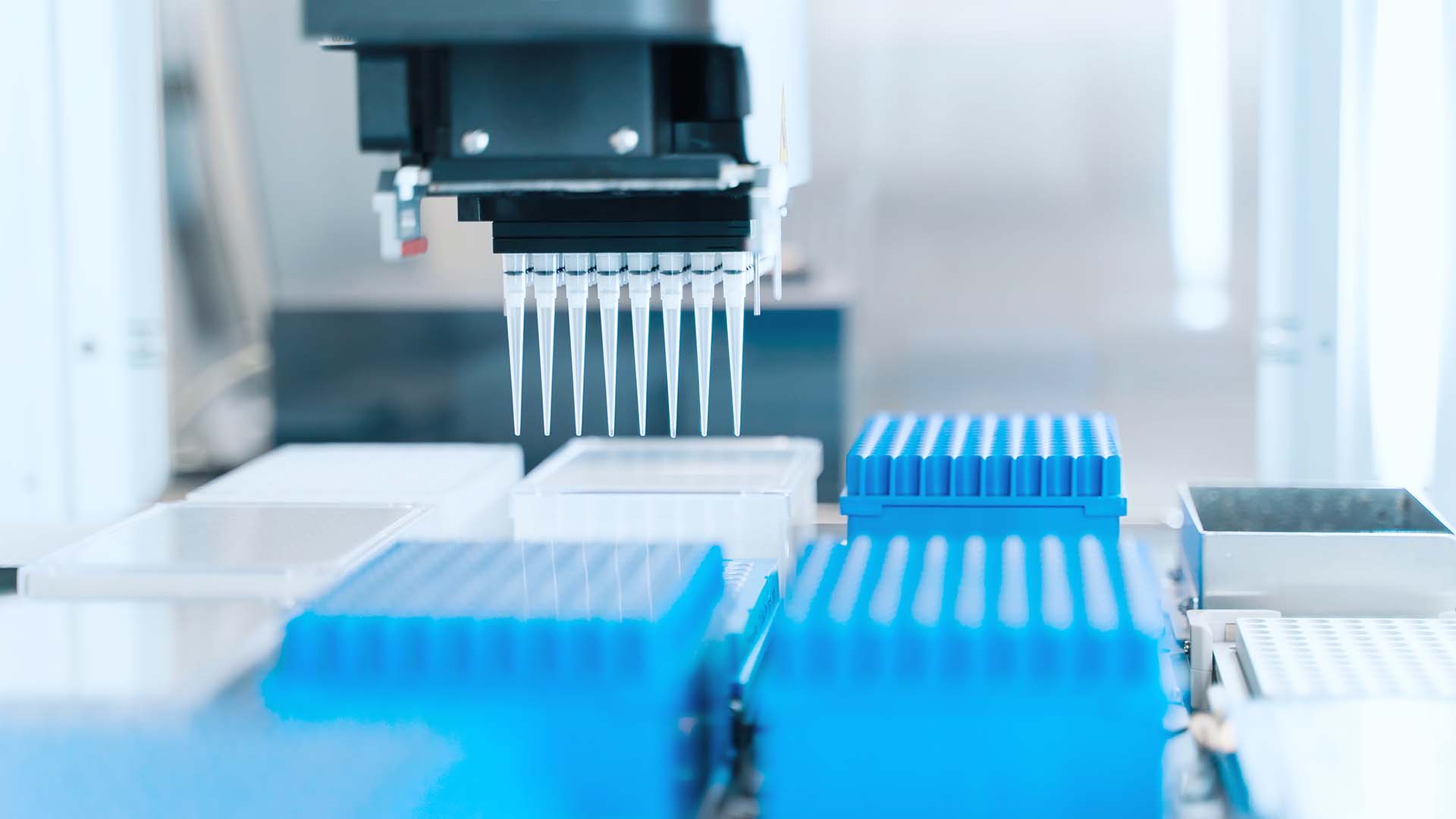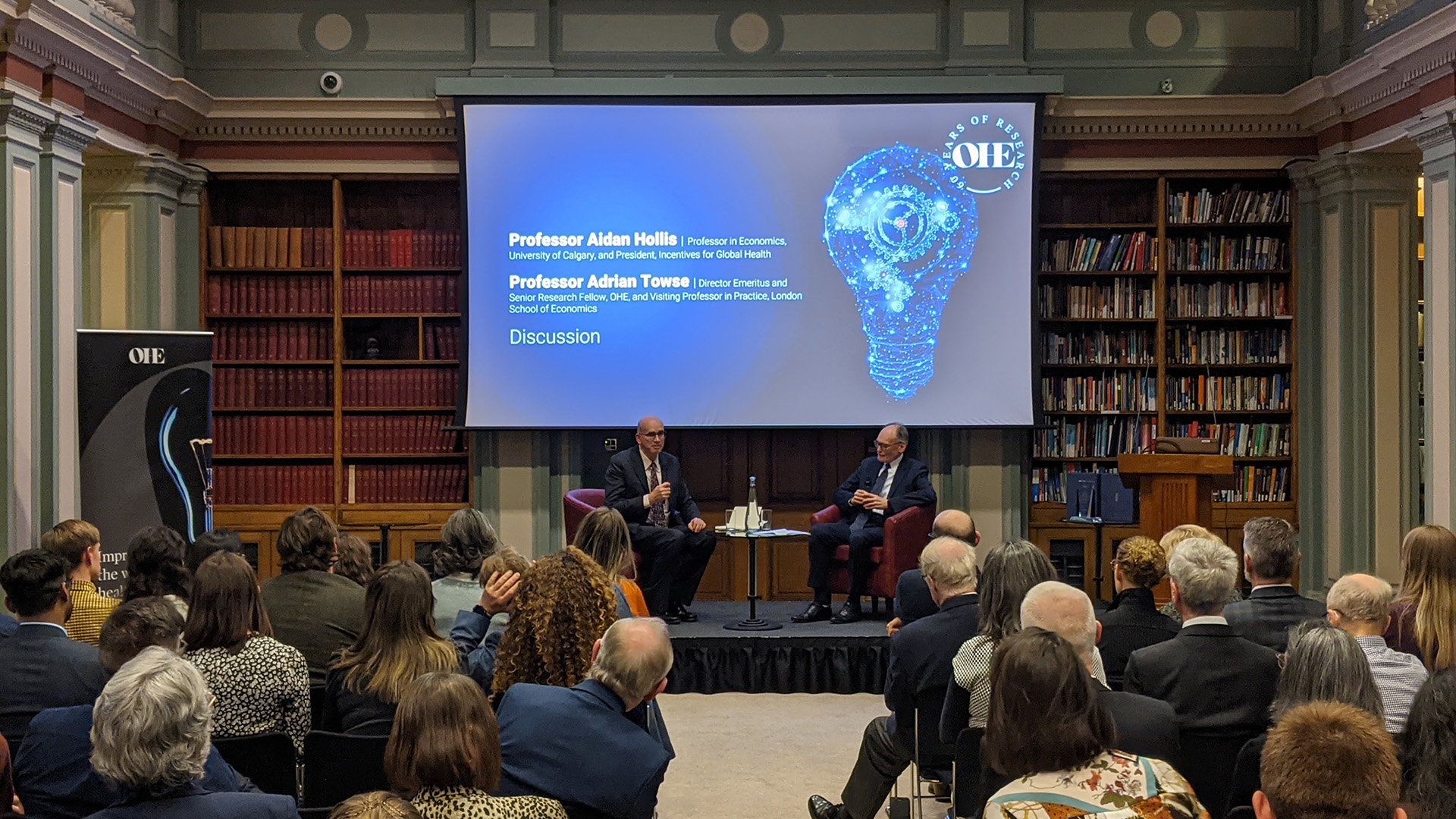Sign up to our newsletter Subscribe
Analysing Global Immunisation Expenditure

Sign up to our newsletter Subscribe


A new paper sets out an insurance model as part of a global solution to incentivise R&D for new antibiotics to tackle multi-drug resistance. It offers (i) a reasonable return on R&D; (ii) risk mitigation for payers, providers and manufacturers,…
A new paper sets out an insurance model as part of a global solution to incentivise R&D for new antibiotics to tackle multi-drug resistance. It offers (i) a reasonable return on R&D; (ii) risk mitigation for payers, providers and manufacturers, (iii) stewardship by delinking revenues from volume of use, and (iv) conservation of antibiotic effectiveness by ensuring the continued availability of new antibiotics in the long-term.
A new paper entitled “Time for a Change in How New Antibiotics are Reimbursed: Development of an Insurance Framework for Funding New Antibiotics based on a Policy of Risk Mitigation” has been published online in Health Policy
OHE Director Adrian Towse and OHE Visiting Fellow Jorge Mestre-Ferrandiz are co-authors along with Chris Hoyle, Jonathan Goodall, Mark Hirsch, and John Rex.
Healthcare systems depend on the availability of new antibiotics. However, there is a lack of treatments for infections caused by multidrug resistant (MDR) pathogens and a weak development pipeline of new therapies. One core challenge to the development of new antibiotics targeting MDR pathogens is that expected revenues are insufficient to drive long-term investment.
In the USA and Europe, financial incentives have focussed on supporting R&D through “push” incentives, reducing regulatory burden, and extending market exclusivity. The authors use resistance data to estimate global revenues, comparing them with estimated R&D costs for developing a new antibiotic. The results demonstrate that the combined effects of current incentives are unlikely to rekindle investment in antibiotics. This is because the build of resistance is gradual, leading to the greatest use of the product being after 10 years, when the patent has expired. Only a catastrophic acceleration of the build-up of resistance, could give the company enough sales to cover costs.
The paper analyses two supplemental approaches: (i) a premium price model and (ii) an insurance model.
A premium price model is familiar and readily implemented but the required price and local budget impact are both highly uncertain and sensitive to cross-sectional and longitudinal variation in prevalence of antibiotic resistance. It is also not aligned with the development of good stewardship.
Their analysis shows that an insurance model delivering risk mitigation for payers, providers and manufacturers would provide an incentive to drive investment in the development of new antibiotics while also facilitating antibiotic conservation. Health systems pay a flat annual fee plus a price for each unit of antibiotic used. The modeling suggests that annual total payments of $260m for each of 10 years (a total of $2.6bn) would generate an eNPV of $100m.
An insurance model may therefore prove to be part of a global solution. It is a partial de-linkage model that is consistent with recent global initiatives. It offers (i) a reasonable return to the manufacturer; (ii) risk mitigation for payers, providers and manufacturers, (iii) stewardship by delinking revenues from volume of use, and (iv) conservation of antibiotic effectiveness by ensuring the continued availability of new antibiotics in the long-term.
The authors suggest significant efforts should be made to test the insurance model as one route to stimulate investment in novel antibiotics.
The full article is available here [open access].
An error has occurred, please try again later.
This website uses cookies so that we can provide you with the best user experience possible. Cookie information is stored in your browser and performs functions such as recognising you when you return to our website and helping our team to understand which sections of the website you find most interesting and useful.
Strictly Necessary Cookie should be enabled at all times so that we can save your preferences for cookie settings.
If you disable this cookie, we will not be able to save your preferences. This means that every time you visit this website you will need to enable or disable cookies again.
This website uses Google Analytics to collect anonymous information such as the number of visitors to the site, and the most popular pages.
Keeping this cookie enabled helps us to improve our website.
Please enable Strictly Necessary Cookies first so that we can save your preferences!

